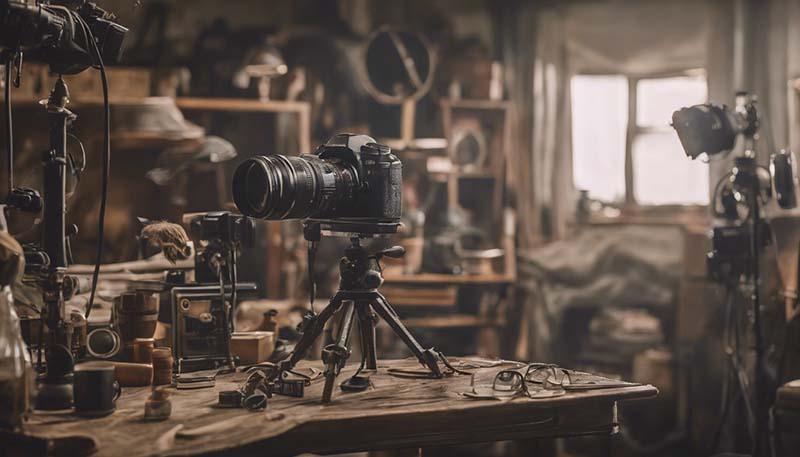The Art of Production Design: A Look at How Sets and Props Enhance the Story
The Art of Production Design: A Look at How Sets and Props Enhance the Story
Production design is a crucial aspect of filmmaking that often goes unnoticed by the general audience. It involves the creation of the visual environment for a film, including the design and construction of sets, the selection of locations, and the use of props and costumes to help tell the story. In this article, we will explore the art of production design and how it enhances the story by creating a believable world, evoking emotions, and providing visual cues that help the audience understand the characters and their motivations.
I. Introduction
A. Definition of production design
B. Importance of production design in filmmaking
C. Overview of the article
II. Creating a Believable World
A. The role of production design in world-building
1. Research and inspiration
2. Collaboration with other departments (e.g., cinematography, special effects)
B. Case study: The Lord of the Rings
1. The use of real locations and sets
2. The creation of a detailed and immersive world
C. The impact of production design on the audience
III. Evoking Emotions
Advertisement
A. The use of color and lighting in production design
1. Color theory and its application in film
2. Lighting techniques to create mood and atmosphere
B. Case study: The Grand Budapest Hotel
1. The use of color to create a unique visual style
2. The impact of lighting on the film\'s tone and mood
C. The role of props and costumes in evoking emotions
1. The use of props to convey character traits and backstory
2. The use of costumes to create a sense of time and place
IV. Providing Visual Cues
A. The use of visual motifs in production design
1. The repetition of certain visual elements to create a theme
2. The use of contrast to highlight character development or plot twists
B. Case study: The Godfather
1. The use of dark and shadowy sets to create a sense of danger and mystery
2. The use of visual motifs (e.g., orange as a symbol of power and death) to enhance the story
C. The role of production design in visual storytelling
1. The use of sets and props to convey information about the characters and their motivations
2. The importance of subtle visual cues in guiding the audience\'s interpretation of the story
V. The Role of the Production Designer
A. The responsibilities of the production designer
1. Collaborating with the director and other key crew members
2. Creating a detailed production design plan and budget
B. Case study: Rick Carter on Lincoln
1. The challenges of recreating historical settings
2. The creative choices made to convey the themes and emotions of the film
C. The impact of the production designer on the overall success of a film
VI. Conclusion
A. Recap of the importance of production design in enhancing the story
B. The role of production design in shaping the audience\'s experience of a film
C. Final thoughts on the art of production design
In conclusion, production design plays a vital role in filmmaking by creating a believable world, evoking emotions, and providing visual cues that help the audience understand the characters and their motivations. Through the use of color, lighting, props, and costumes, production designers can convey important information about the story and create a unique visual style that enhances the overall experience of the film. By understanding the art of production design, we can gain a deeper appreciation for the creative choices made by filmmakers and the impact these choices have on the story and its themes.

Note: This article is a general overview of the topic and does not delve into specific technical details or provide exhaustive examples. For a more in-depth exploration of production design, consider reading books or articles written by professional production designers or studying the subject in a formal educational setting.